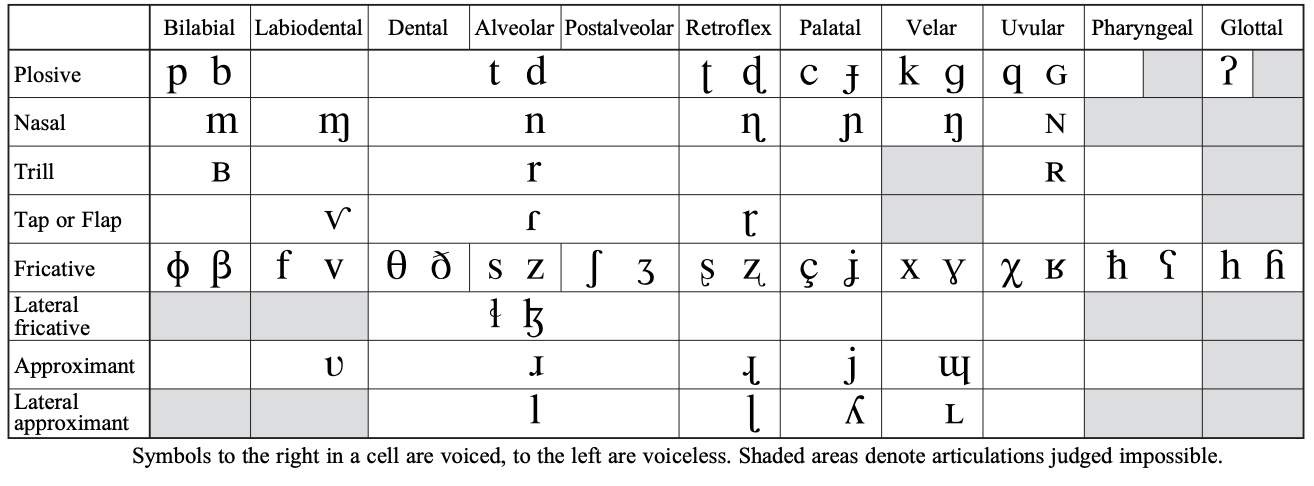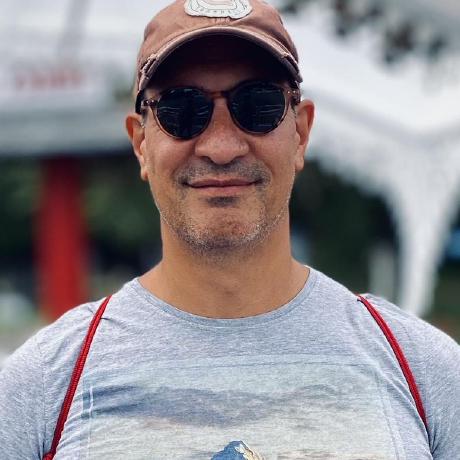Six video resources for Italian diction training

I’ve reached a frustrating plateau in my study of Italian recently and decided to embark on a series of deep dives on diction, translation, and grammar. Any study of diction will inevitably start with the International Phonetic Alphabet, the IPA — the primary system of phonetic notation. Fortunately, Italian phonology has a much smaller subset of the full sounds the IPA represents, but still represents a significant body of work to study, especially considering the notation. “In quei giorni, un decreto di Cesare Augusto ordinava che si facesse un censimento di tutta la terra” in IPA is written as “[iŋ ˈkwei ˈdʒorni un deˈkreːto di ˈtʃeːzare auˈɡusto ordiˈnaːva ke ssi faˈtʃesse un tʃensiˈmento di ˈtutta la ˈtɛrra.” Lots of symbols to unpack there. Interestingly, the best resources for the study of Italian diction come from vocal coaches for the opera.
Resources for mastering the IPA
The International Phonetic Association’s IPA charts
It all starts here. By the end of a study of the IPA chart, you’ll know the difference between your frictives and your approximants, your plosives from your trills.
https://www.internationalphoneticassociation.org/content/full-ipa-chart
Artifexian’s conlanguing videos
Creating a constructed language — a conlang — requires a deep understanding of phonetics, lexicon, grammar, alphabet, handwriting, and usage. Artifexian’s created a series of well-produced and entertaining videos that do a great job explaining the bigger picture of the IPA, well past the sounds of the Italian language:
https://www.youtube.com/playlist?list=PLduA6tsl3gygfiWmGAhhHb4-HAqP6I63l
Native Italian speaker courses
Musincanto’s “Videocorso di pronuncia italiana per stranieri”
Developed by Cecilia Sala, an accomplished soprano soloist, Italian teacher, lecturer, translator for musicology, and voice therapist (http://www.musincanto.com/singer/) who provides Italian language coaching for opera singers. She uses the IPA to cover only the symbols used in Italian and provides—across 49 videos—an exhaustive resource of every sound:
https://www.youtube.com/playlist?list=PLlL4t8gOjrbsT2FSyniyTr6y3vGa6x5PH
Cecilia also has an Udemy.com course, Italian Pronunciation for Singers:
https://www.udemy.com/course/italian-pronunciation-perfect-for-singers/
Giulia Macchi’s video course, “Italian Basics”
Giulia is a language coach, whose series of videos support her Udemy course, Italian Basics:
https://www.youtube.com/channel/UCkzNG56cAVlsMaHvsVhbIKg/videos
https://www.udemy.com/course/italian-basics/
Her video on Italian double sounds, with exercises, is great for American English speakers or those approaching Italian diction from other romance languages: https://www.youtube.com/watch?v=c9YvZkbyu_U&t=10s
Curious Ale’s “Learn Italian, LA PRONUNCIA, part 1 and 2”
Usefully walks through the IPA symbols, letters, examples, and phonetic transcription:
https://www.youtube.com/watch?v=rxb62L0Lujc
Non-native Italian speaker programs
Dana Scheider’s “Singers’ Diction”
Dana is a classically-trained mezzo-soprano from Portland, Oregon. Her series provides an introduction to the IPA, covers the sounds of Italian and fundamentals of Italian diction, and, uniquely, a video on “Common Pitfalls”:
https://www.youtube.com/watch?v=6sUmVMEwY0w&list=PL256A9FB076CF9782
Gabe Wyner’s Fluent Forever 3-part series of Italian pronunciation
Developed in support of his ear training and language learning methodology, Fluent Forever, these three videos familiarize you with the sounds and IPA symbols of Italian:
